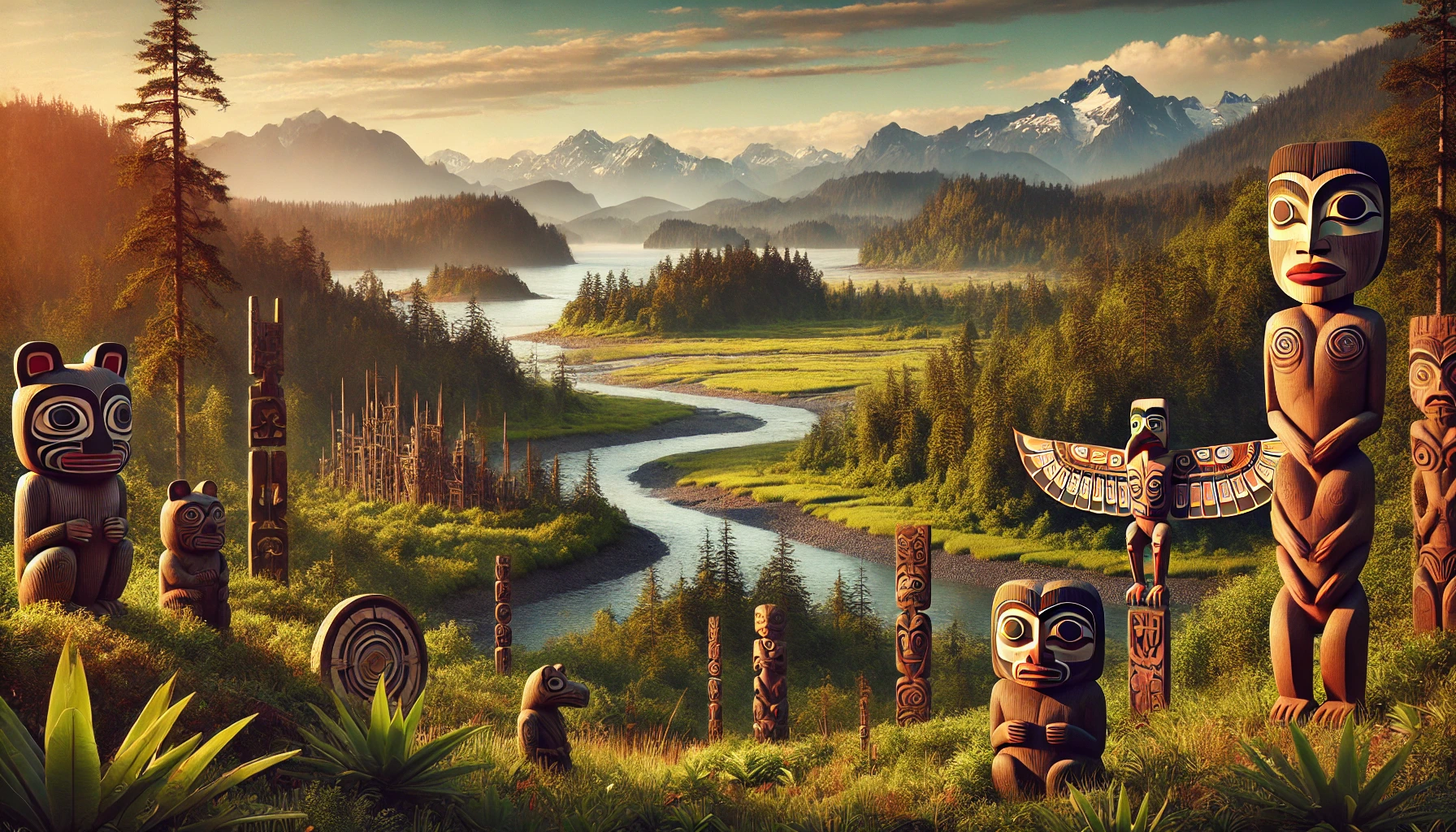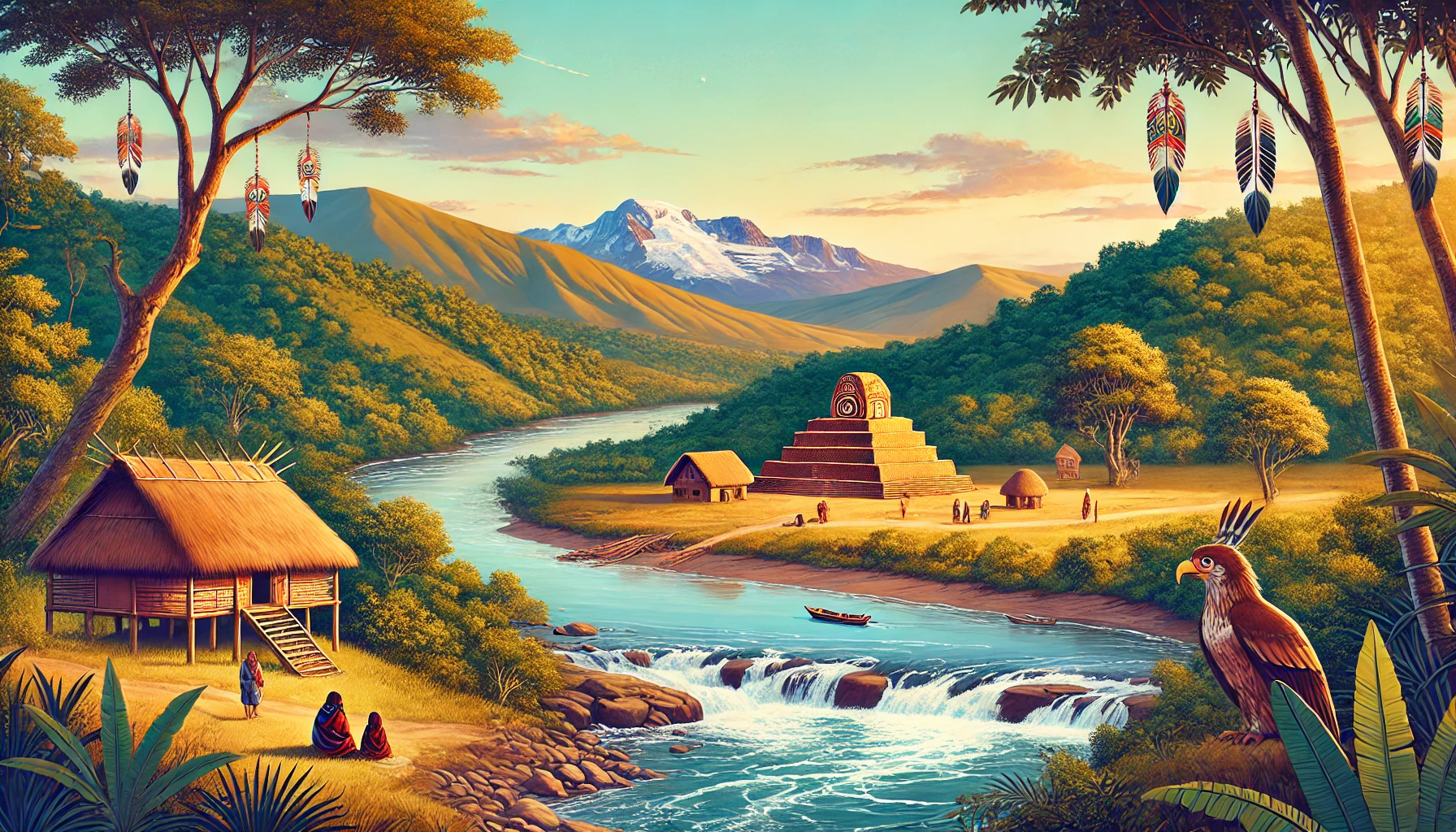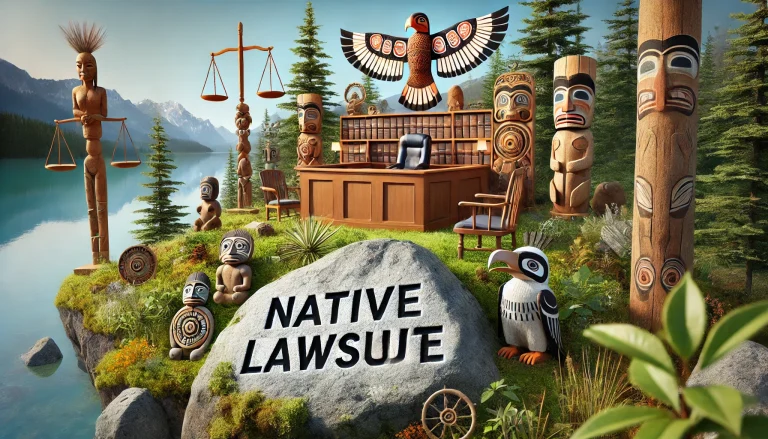Native lawsuits are legal actions taken by Indigenous or native peoples to protect their land, culture, sovereignty, and rights. These lawsuits are crucial tools in addressing historical injustices and advocating for fair treatment. For centuries, Indigenous communities have been subjected to land dispossession, forced relocations, cultural assimilation, and exploitation. Native lawsuits are a response to these challenges, seeking justice and a recognition of Indigenous peoples’ rights. The lawsuits usually focus on key areas such as land rights, environmental protection, cultural preservation, and compensation for historical wrongs.
Historical Background
The roots of native lawsuits are deeply tied to the historical experiences of Indigenous communities. Colonization, land seizures, and broken treaties have created a legacy of injustice that Indigenous peoples continue to face today. Many treaties that were signed between Indigenous nations and governments were violated or disregarded, leading to the loss of vital resources and territories.
For example, the U.S. government promised land and rights to various Native American tribes through treaties, but these agreements were often ignored or broken over time. As a result, Indigenous communities have had to seek legal action to restore their rights and protect their interests. Lawsuits have become one of the main ways for Indigenous peoples to assert their rights and demand accountability for past wrongs.
Native Lawsuit: A Tool for Justice and Indigenous Rights
A native lawsuit is a legal action taken by Indigenous peoples to protect their rights, lands, culture, and sovereignty. These lawsuits are vital in addressing the injustices that Indigenous communities have faced for centuries, such as land dispossession, treaty violations, and cultural suppression. Native lawsuits often focus on reclaiming ancestral lands, seeking fair compensation for historical wrongs, protecting sacred sites, and asserting self-governance.
For many Indigenous communities, these legal battles are not just about securing economic or legal gains but about preserving their identity and way of life. Through courts and legal systems, native lawsuits hold governments and corporations accountable for actions that harm Indigenous peoples or violate agreements, such as treaties or land rights. Despite challenges like lengthy legal processes and limited resources, native lawsuits remain a powerful way to achieve justice and safeguard the future of Indigenous communities.
Types of Native Lawsuits
Native lawsuits cover a wide range of issues. These legal battles are often long and complex, but they are necessary for ensuring the survival and prosperity of Indigenous communities.
Land Rights
Land is central to the identity and survival of Indigenous peoples. Throughout history, much of this land has been taken without consent, whether through force, fraud, or government policies. Land rights lawsuits are filed to reclaim these stolen or misappropriated lands. Many tribes are still fighting to regain the land they lost through colonization or land-grabbing practices. These cases often involve challenging government decisions or seeking restitution for lands that were unjustly taken. Some of the lawsuits also address the restoration of land management and natural resource rights that Indigenous communities historically held.
Sovereignty Disputes
Sovereignty refers to the authority of a people to govern themselves without interference from outside forces. For centuries, Indigenous nations have had to fight for their right to self-determination, as they were often subjected to state and federal governance without their consent. Sovereignty disputes often involve lawsuits that challenge laws or policies that violate treaty agreements or infringe on the autonomy of Indigenous peoples. These lawsuits aim to protect the right of Indigenous communities to govern their own affairs, manage their land, and make decisions without external control.
Environmental Protection
Indigenous communities are closely connected to the land, and their way of life is often intertwined with the environment. Many native lawsuits focus on protecting the environment from exploitation, pollution, or destruction by industries. Indigenous peoples frequently file lawsuits to prevent the construction of pipelines, deforestation, mining, or other projects that threaten sacred lands or water sources. A notable example is the Standing Rock Sioux Tribe’s lawsuit against the Dakota Access Pipeline. The tribe filed this case to prevent the construction of the pipeline, arguing that it posed a threat to their water supply and sacred lands. While the pipeline was completed, the case brought attention to the environmental and cultural concerns of Indigenous communities.
Compensation and Reparations
In many cases, native lawsuits seek compensation for the wrongs done to Indigenous communities. These wrongs may include the theft of land, forced relocation, and exploitation of resources. Reparations can take the form of financial compensation, land restitution, or other remedies aimed at addressing the harm caused. Compensation lawsuits aim to ensure that Indigenous communities receive fair restitution for the injustices they have suffered and that they are able to restore some of what has been taken from them. While compensation cannot fully undo the harm done, it is an essential step in the process of reconciliation.
Cultural and Heritage Preservation
Cultural preservation is another critical area of native lawsuits. Many Indigenous groups have faced threats to their cultural heritage, including the loss of sacred sites, the illegal sale of artifacts, and the erosion of languages and traditions. Native lawsuits often seek to protect these cultural elements from destruction or exploitation. These cases may involve preventing the removal of artifacts from sacred sites, halting the construction of projects that threaten cultural heritage, or seeking legal protections for Indigenous languages and customs. Cultural preservation lawsuits are important for ensuring that future generations of Indigenous peoples can continue to practice their traditions and maintain their identities.
Legal Frameworks and Protections
Several legal frameworks and protections support Indigenous peoples in their legal battles.
Treaties
Treaties have historically been agreements between Indigenous nations and governments that recognize certain rights, such as land ownership, hunting and fishing rights, and governance. While many treaties have been violated, they still serve as the legal basis for numerous native lawsuits. These agreements were meant to ensure peace and fairness between Indigenous communities and governments. Lawsuits often challenge governments for failing to uphold the promises made in these treaties.
International Laws
The United Nations Declaration on the Rights of Indigenous Peoples (UNDRIP) is a key international framework that recognizes the rights of Indigenous peoples to land, culture, and self-determination. While not legally binding, UNDRIP provides a foundation for supporting Indigenous lawsuits by highlighting global standards of justice for Indigenous communities. UNDRIP encourages nations to protect the rights of Indigenous peoples, and many native lawsuits cite these principles to back their claims.
National Laws
National legal systems also provide frameworks to address Indigenous rights. In countries like the United States, Canada, and Australia, laws have been enacted to recognize Indigenous claims to land and self-governance. For example, the Indian Claims Commission in the United States was established to review and resolve land claims made by Native American tribes. These legal mechanisms play an important role in supporting the efforts of Indigenous peoples to seek justice.
Notable Examples of Native Lawsuits
Several high-profile cases have brought attention to the ongoing struggles faced by Indigenous communities.
United States v. Sioux Nation
This case involved the Sioux Nation’s claim for compensation for the illegal seizure of their land in the 19th century. The U.S. Supreme Court ruled in favor of the Sioux, awarding them compensation for the lost land. However, many believe that the amount of compensation offered was inadequate compared to the value of the land taken.
Standing Rock Sioux Tribe v. Dakota Access Pipeline
The Standing Rock Sioux Tribe filed a lawsuit to stop the construction of the Dakota Access Pipeline, arguing that the pipeline would jeopardize their water supply and threaten sacred lands. Although the pipeline was completed, the case highlighted the importance of environmental and cultural preservation for Indigenous communities, and it inspired widespread global support for the tribe’s cause.
Challenges Faced in Native Lawsuits
Despite the importance of native lawsuits, there are significant challenges that Indigenous communities face in their legal battles.
Lack of Resources
Indigenous communities often lack the financial resources to pursue lengthy and expensive legal cases. Legal fees, expert witnesses, and other costs can quickly accumulate, making it difficult for communities to sustain a lawsuit.
Historical Claims
Proving claims that date back centuries, such as the violation of treaties or land theft, is difficult due to the passage of time and incomplete historical records. Gathering evidence to support these claims can be a significant challenge.
Political Resistance
Native lawsuits often face resistance from powerful political or corporate interests. Governments and industries may be reluctant to recognize Indigenous claims, particularly when such recognition could result in the loss of land or resources.
Impact of Native Lawsuits
Native lawsuits have had a significant impact on both Indigenous communities and broader society. These lawsuits have:
- Restored Land and Rights: Some lawsuits have resulted in the return of land to Indigenous communities or the recognition of their rights to self-governance and resource management.
- Shaped Policies: Many legal battles have led to stronger protections for Indigenous rights in both national and international law, influencing policies on land use, environmental protection, and cultural preservation.
- Raised Awareness: High-profile lawsuits, such as the Standing Rock case, have helped to raise global awareness about the struggles of Indigenous communities. These cases have inspired solidarity movements and advocacy for Indigenous rights.
Future of Native Lawsuits
The future of native lawsuits is promising, as Indigenous communities continue to organize and advocate for their rights. Modern technology and global networks provide new tools for amplifying Indigenous voices and gaining international support. The growing recognition of the need for reconciliation and restorative justice offers hope for resolving disputes and ensuring that Indigenous communities are treated with dignity and respect. As more people understand the importance of Indigenous rights, there may be greater opportunities for meaningful change.
Conclusion
Native lawsuits are a vital part of the fight for justice and equality for Indigenous peoples. These lawsuits address a wide range of issues, from land rights and sovereignty to environmental protection and cultural preservation. While challenges remain, the success of many legal battles has shown the power of the law in securing Indigenous rights and restoring justice. Continued advocacy and support for native lawsuits are essential in ensuring a future where Indigenous peoples can thrive and maintain their cultures, lands, and sovereignty.
FAQs
What is the main purpose of a native lawsuit?
Native lawsuits aim to protect Indigenous rights, reclaim ancestral lands, and ensure justice for historical and ongoing injustices.
What are the biggest challenges faced in native lawsuits?
Key challenges include proving historical claims, lack of resources, and political resistance from governments or corporations.
How do treaties affect native lawsuits?
Treaties serve as legal agreements that often form the basis for Indigenous claims, despite many being violated or ignored.
What role does international law play in native lawsuits?
Instruments like UNDRIP provide global standards and moral support for protecting Indigenous rights and guiding legal decisions.
Why are environmental issues a focus of native lawsuits?
Indigenous communities rely on land and natural resources for survival, making environmental protection vital to their culture and livelihood.
Article Recommendations
Sheetz Lawsuit Background Checks Debate: Are Blanket Hiring Policies Putting Companies at Risk?
UWM Lawsuit 2024: Why the Mortgage Industry Is Watching These Legal Cases Closely
Sparta Mesothelioma Legal Question: Exploring Compensation, Lawsuits, and Asbestos Trust Funds




